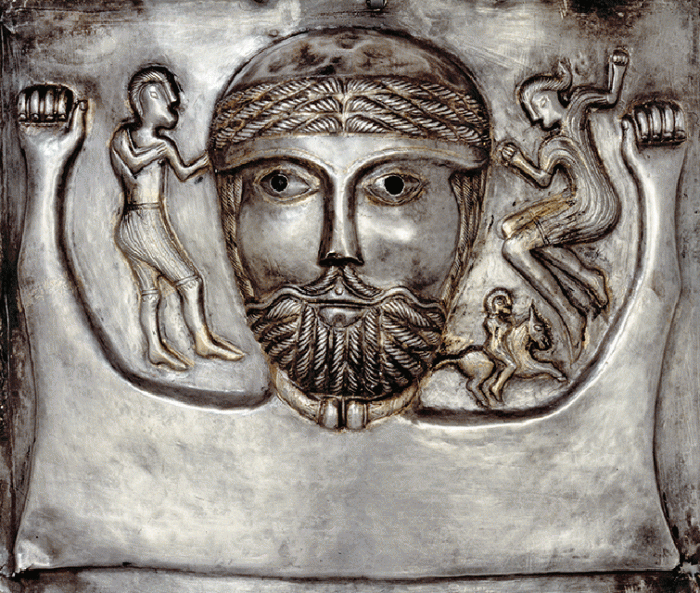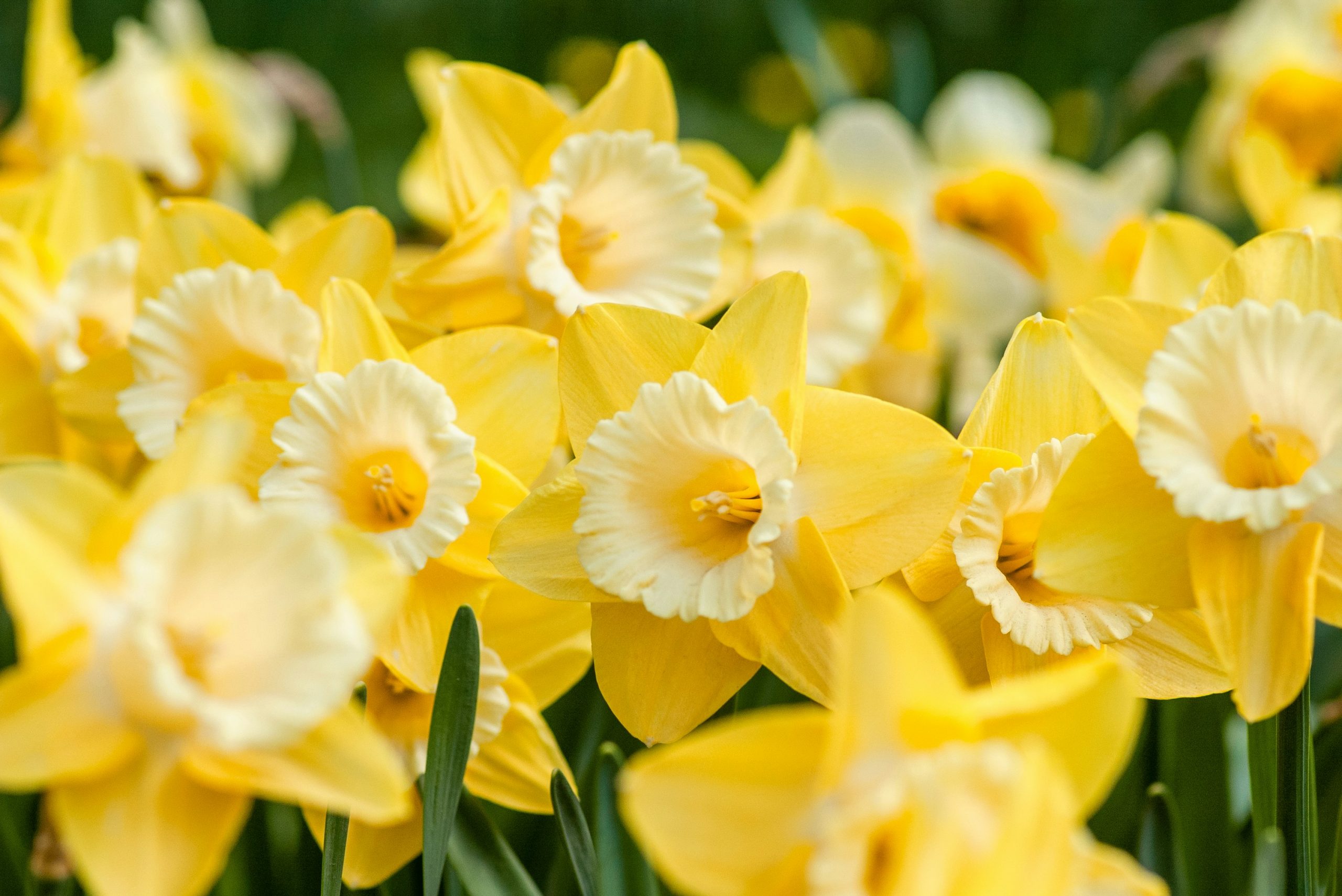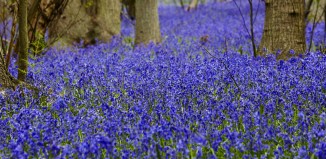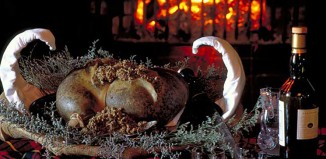British Museum asks ‘Who are the Celts?’
A new show at the British Museum this autumn is aiming to challenge preconceptions about the culture of the Celts.
The exhibition, Celts: art and identity, which is being staged in collaboration National Museum Scotland, will be the first British exhibition in 40 years on the subject.
It will draw on the latest research from Britain, Ireland and Western Europe, says British Museum director Neil MacGregor: “The purpose of this exhibition is to ask what ‘Celtic’ means and ‘who are the Celts?’
“New research is challenging our preconception of the Celts as a single people, revealing the complex story of how this name has been used and appropriated over the last 2,500 years.”
The exhibition opens in London in September and moves to the National Museum Scotland in Edinburgh next year.
Celts: art and identity will tell the story of the different peoples who have used or been given the name “Celts” through the stunning art objects that they made, including intricately decorated jewellery, highly stylised objects of religious devotion, and the decorative arts of the late 19th century which were inspired by the past.
Today the word “Celtic” is associated with the distinctive cultures, languages, music and traditions of Scotland, Ireland, Wales, Cornwall, Brittany and the Isle of Man. Yet the term was first recorded thousands of years earlier, around 500 BC, when the ancient Greeks used it to refer to peoples living across a broad swathe of Europe north of the Alps.
Among the object highlights will be the Gundestrup Cauldron, a silver bowl smothered in relief scenes of gods, warriors, a bull sacrifice and an antler god surrounded by beasts.
As well as highlighting the art of the Celts, the exhibition will explore the nature of Celtic culture and use the latest research to examine the similarities and difference between Celtic races.
Photo credit: © The National Museum of Denmark








